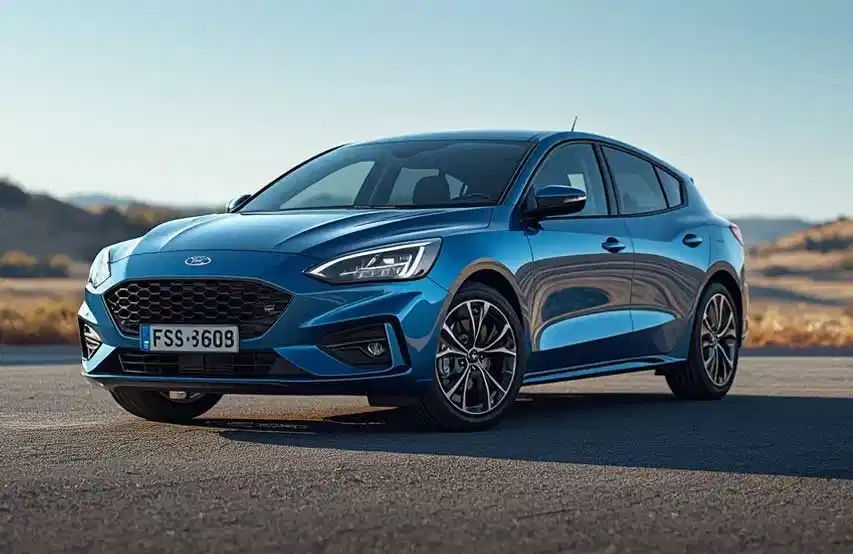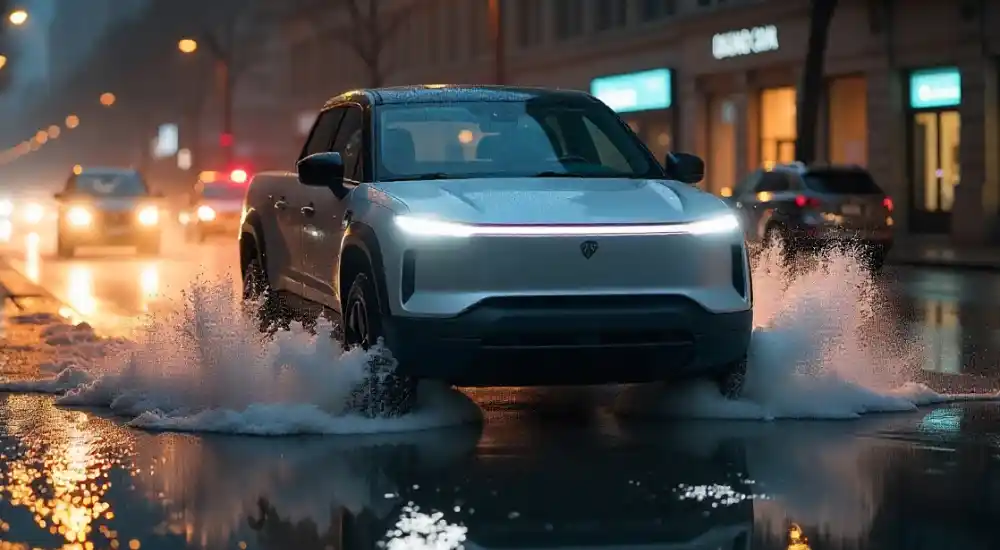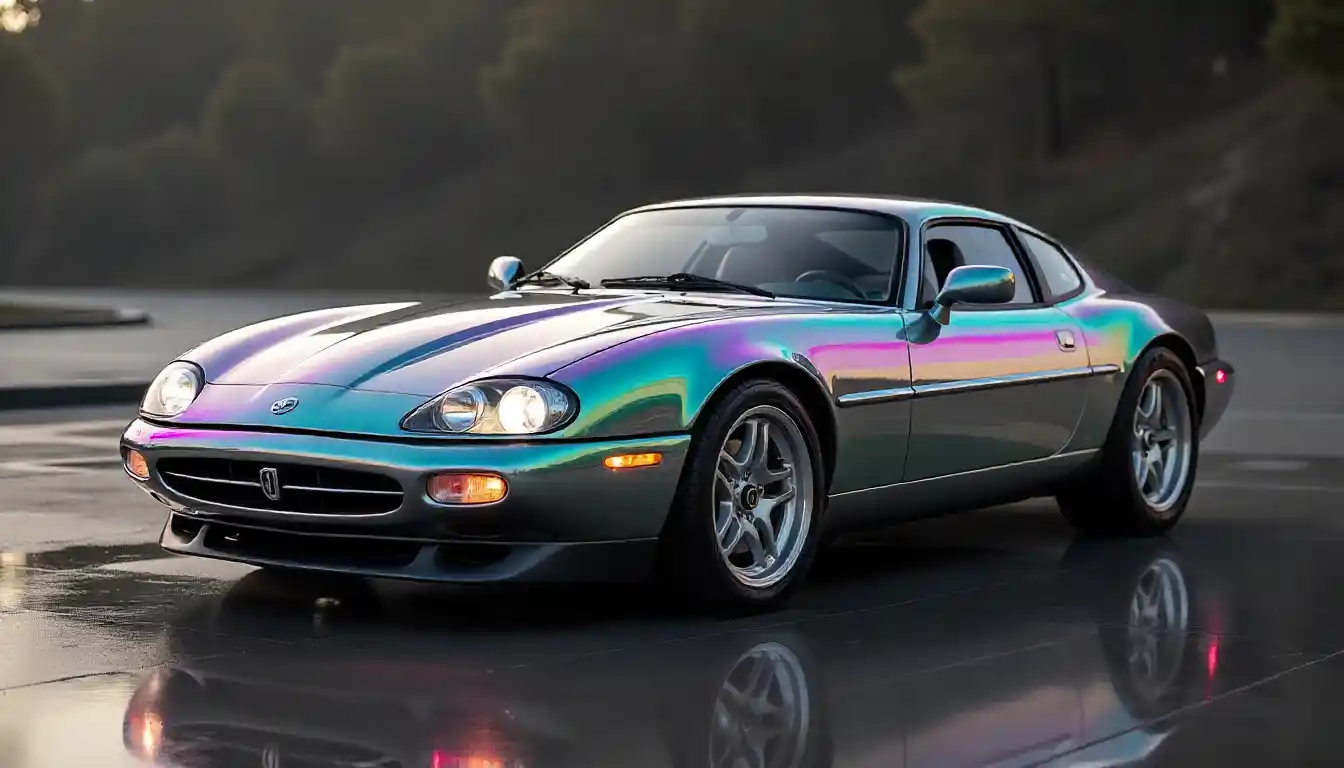The Shift Away from Everyday Ford Cars
Do you remember when Ford car was known for its everyday cars? For decades, models like the Fiesta, Focus, Fusion, and Taurus were staples on the road, offering affordability, practicality, and accessibility to millions of drivers worldwide. In recent years, however, Ford has shifted its focus toward SUVs, trucks, and vans, leaving the passenger car segment with only a handful of models such as the Mustang, which itself is sold in relatively small numbers.
While SUVs and trucks remain highly profitable, the absence of a strong passenger car lineup has left a noticeable gap in Ford’s global strategy. Despite this, the company has not entirely abandoned cars. In fact, the Blue Oval may soon surprise its customers with new vehicles outside the SUV and truck category, a move that could redefine Ford’s market positioning.
William Ford Jr.’s Vision for Passenger Ford Cars
In a recent interview with Autocar, William Clay Ford Jr., great-grandson of the company’s founder and executive chairman since 2006, acknowledged the issue directly. He admitted, “On the passenger car side, we realize we’re not as robust as we need to be.” This was a candid recognition of Ford’s diminished presence in the traditional car market following the discontinuation of several iconic models.
However, Bill Ford was also quick to assure enthusiasts and consumers that change is coming. He hinted at a new passenger car strategy currently in development, adding that customers would be “pleasantly surprised by what’s coming.” This statement has fueled speculation about which models Ford might reintroduce or reinvent for the modern market.
The Rumored Return of New Models
Speculation about Ford’s future lineup has been swirling for years. One of the most persistent rumors was the possibility of a “Mach 4” Mustang sedan, a four-door version of the legendary muscle Ford Cars car. While Ford never substantiated those claims, the idea generated excitement among fans eager for a balance between performance and practicality.
More recently, a report from Automobilwochem suggested that Ford dealers in Europe have already been informed of new passenger vehicles on the horizon. While details remain scarce, this has reignited interest in Ford’s plans for the next decade, particularly in light of regulatory and market shifts worldwide.
The European Market and Electrification Challenges

Europe remains one of Ford’s most critical markets, especially as the company has pledged to go all-electric by 2030 in the region. However, recent sales figures indicate that Ford’s EV push is not going as smoothly as expected. Both the Explorer EV and the Capri EV have struggled to gain momentum, raising concerns about the brand’s ability to dominate the electric space in Europe.
This sluggish performance makes it plausible that Ford may lean on combustion engine passenger Ford Cars in the near term to stabilize sales and reconnect with consumers who still prefer traditional vehicles. By offering new models tailored for European markets, Ford could bridge the gap between its EV ambitions and current consumer demand.
Balancing Global Strategies
The uncertainty lies in whether these potential new passenger cars will be available in North America, where Ford has largely pivoted away from sedans and hatchbacks. The American market has overwhelmingly embraced SUVs and pickup trucks, making passenger cars a risky proposition. Still, there is evidence that Ford sees value in maintaining a diverse portfolio, especially as competitors like Toyota, Hyundai, and Volkswagen continue to invest in compact and mid-size cars alongside their EVs and crossovers.
By reintroducing passenger cars strategically—perhaps starting in Europe and later expanding globally—Ford could appeal to drivers who miss the practicality and affordability of the models that once defined the brand.
Looking Ahead: What to Expect from Ford
While Ford has not provided specific timelines or model names, the company’s leadership has made it clear that a passenger car comeback is in the works. Whether this involves reviving old nameplates, introducing new designs, or experimenting with hybrid and alternative fuel cars remains to be seen.
For now, the promise from Bill Ford Jr. has created anticipation. Consumers and automotive analysts alike will be watching closely to see if Ford can strike the right balance between innovation, tradition, and consumer demand.
Conclusion: A Potential Revival of the Everyday Ford Car
Ford’s focus on SUVs, trucks, and EVs has brought profitability but at the cost of its once-robust car lineup. Now, with hints of new passenger vehicles on the horizon, there is renewed hope that Ford will return to its roots while also embracing the future of mobility. Whether these cars are designed for Europe, North America, or global markets, one thing is certain: the Blue Oval is preparing for a broader, more balanced product strategy that could reshape its identity for years to come.
Table of Contents
Our Related News Website:
Sports: Sport Flash
World News: The News Grid
Environment News: Eco Alert
Business News: Biz Trend Now
Dailt News: Unbiased Daily
Realm News: Real Time Realm
Retrun to our Homepage



